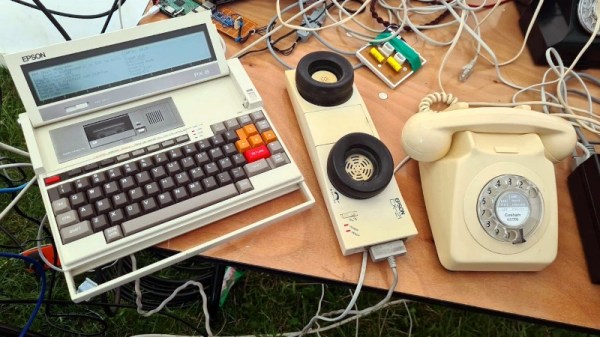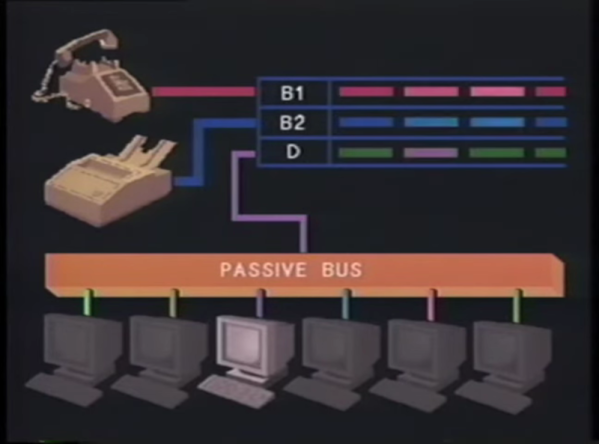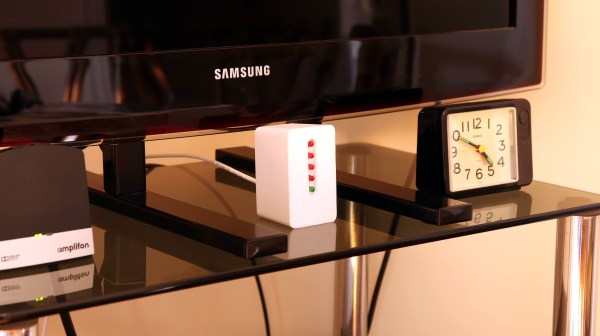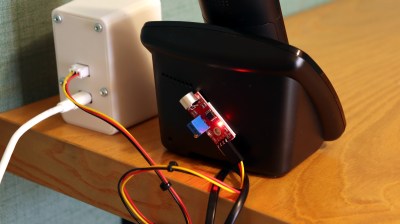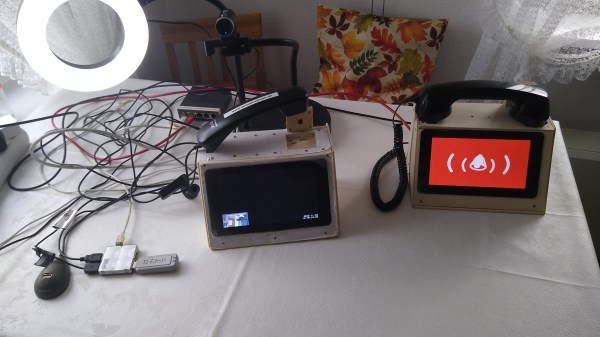For those of us off the Atlantic coast of Europe it’s a frigid winter as our isles are lashed by continuous storms. Summer seems a very long time ago, and the fun of the EMF 2022 hacker camp is an extremely distant memory. But the EMF team have been slowly releasing videos from the talks at that camp, the latest of which comes from [Matthew Harrold]. He was the force behind the public POTS phone network at the camp, providing anyone within range of one of his endpoints with the chance to have a wired phone line in their tent.
We’d love to imagine a mesh of overhead wires converging on a Strowger mechanical exchange somewhere on the field, but in a more practical move he used an array of redundant Cisco VOIP gear, and a multi-modem rack to provide dial-up services. Even then there were a few hurdles to overcome, but on the field it was definitely worth it as an array of unusual phone kit was brought along by the attendees. Our favourite is the Amstrad eMailer, an all-in-one phone and internet appliance from a couple of decades ago which perhaps due to its expensive pay as you go model, failed commercially. The video is below the break.
It’s a good time for this talk to come out, because it’s reminded us that the next EMF camp is on this summer. Time to dust off an old phone to bring along. Meanwhile, we’ve seen [Matthew] before, as he refurbished a sluggish dial mechanism.

